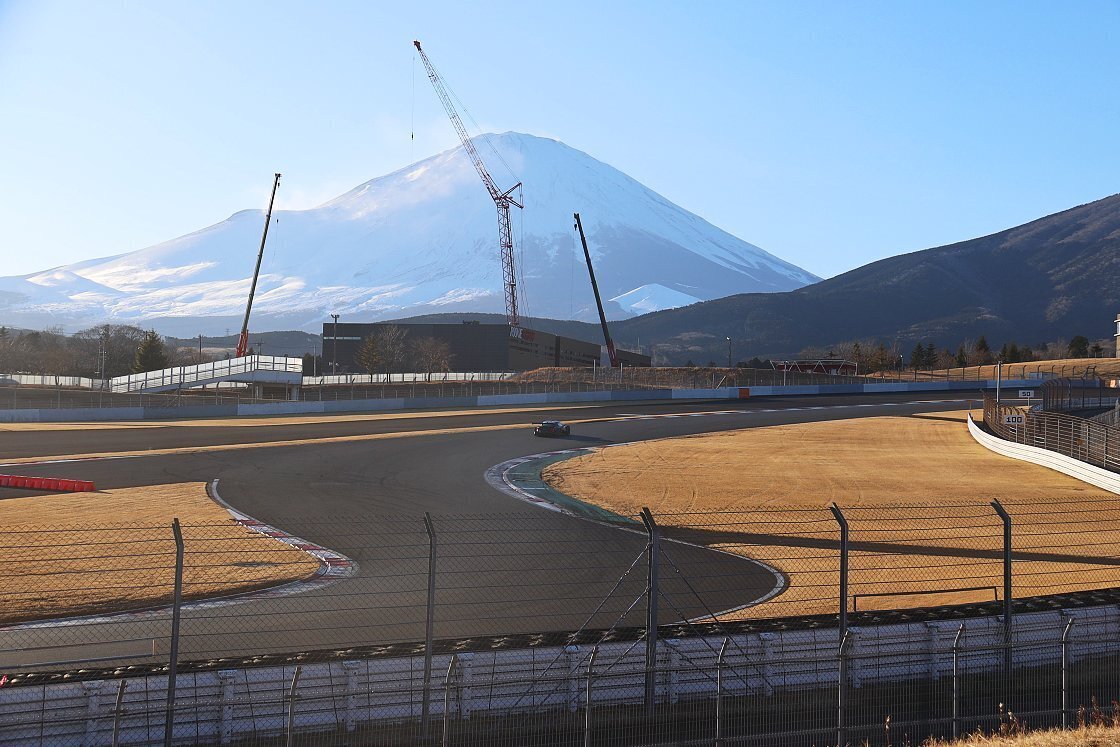A six-day trip south of Mount Fuji (Part 3)
Following on from my first and second parts of my six-day itinerary by car in Shizuoka Prefecture, I began the third and final leg of my journey working my way up along the east coast of the Izu Peninsula, then continuing inland towards Mount Fuji's extensive foothills along a highly scenic stretch of road.
Fortunately, my luck with the weather would continue to hold for the most part with bright, clear skies and uninterrupted views out to sea or over the rolling hills inland. After four days on the road, I had even got quite used to the cold winds gusting in from the sea, reviving me after each stretch behind the wheel.
Day 5
A forty minute drive north along the coast from Shimoda, I arrived at my first stop of the day in the tiny coastal hot spring town of Hokkawa Onsen. Making my way along the main strip, I passed by a handful of medium-sized hot spring resorts, a few shops and a little harbor lined with fishing boats.

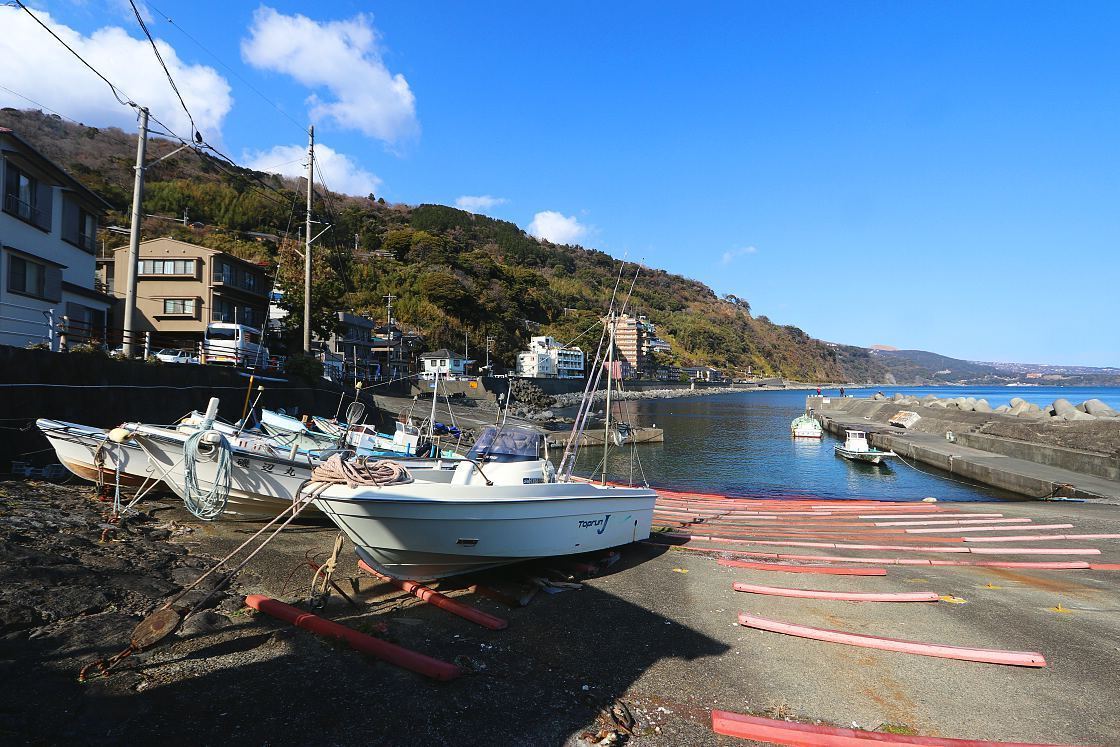
Just a stone's throw from the water's edge, I arrived at one of the town's best-known features - an outdoor hot spring bath known as the Kurone Iwaburo. Fed by the same natural source as the ryokan nearby, the bath is lined with smooth rocks and appears to sit below the horizon's edge, creating the illusion of bathing in the sea itself. For visitors with tattoos, please note that while these are not against the rules, anyone with larger tattoos is asked to cover them with a towel while outside of the water.
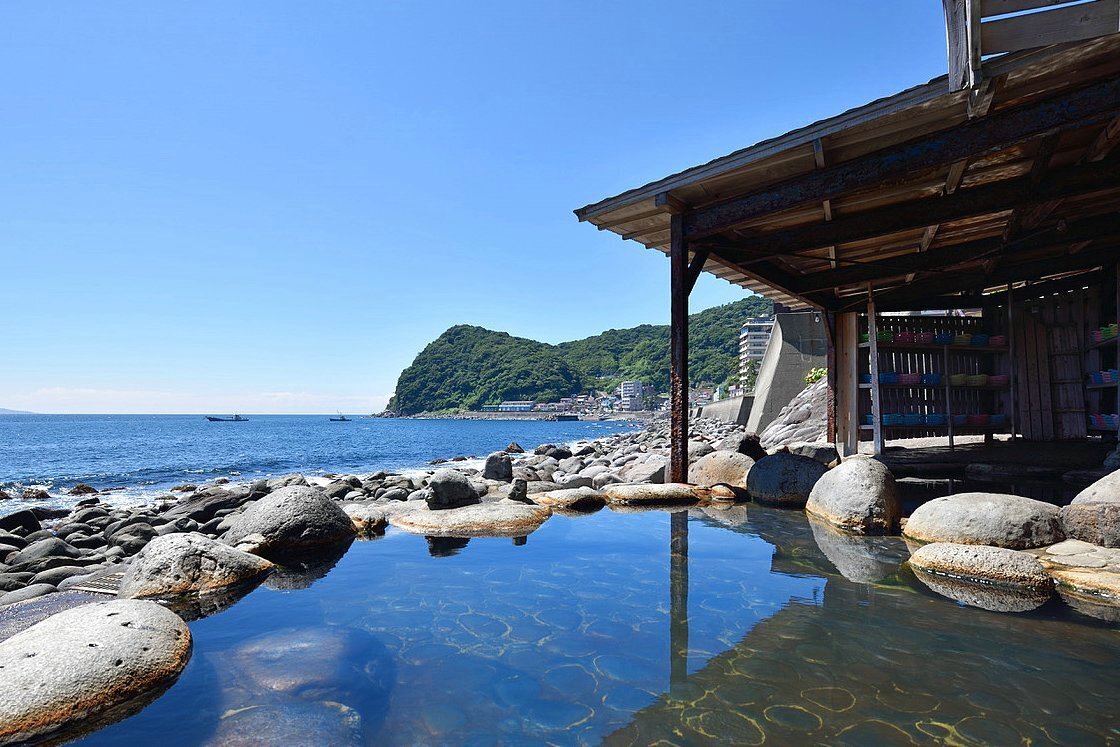
After a long, relaxing soak, I took a stroll along the waterfront, enjoying the cool air and the dazzling blue of the ocean. Beautiful though the view is, it is said to be at its best when seen by the light of a full moon - sending a bright streak across the surface of the water in an effect known as the moon road
.
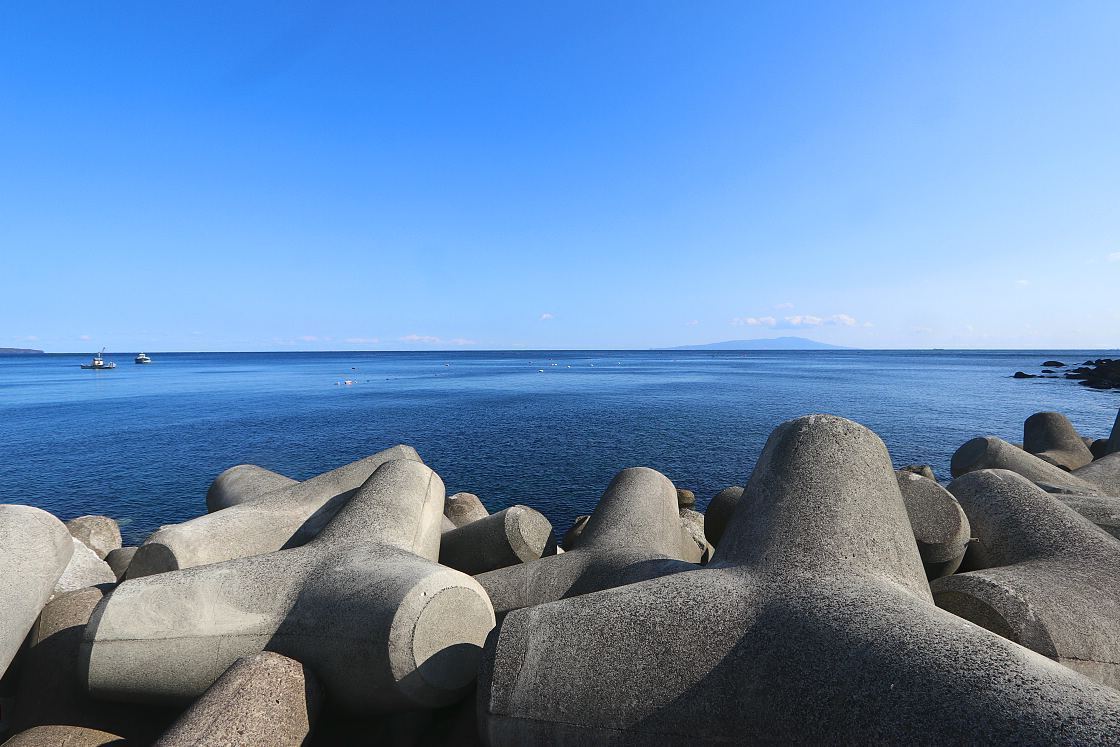

A second forty-minute push along quiet country roads brought me to the foot of Mount Komuro, my last stop below the base of the Izu Peninsula. Visitors can usually take a chairlift, but with this out of action due to the powerful winds still buffeting the region, I instead took a pleasant 20-minute stroll to the top.
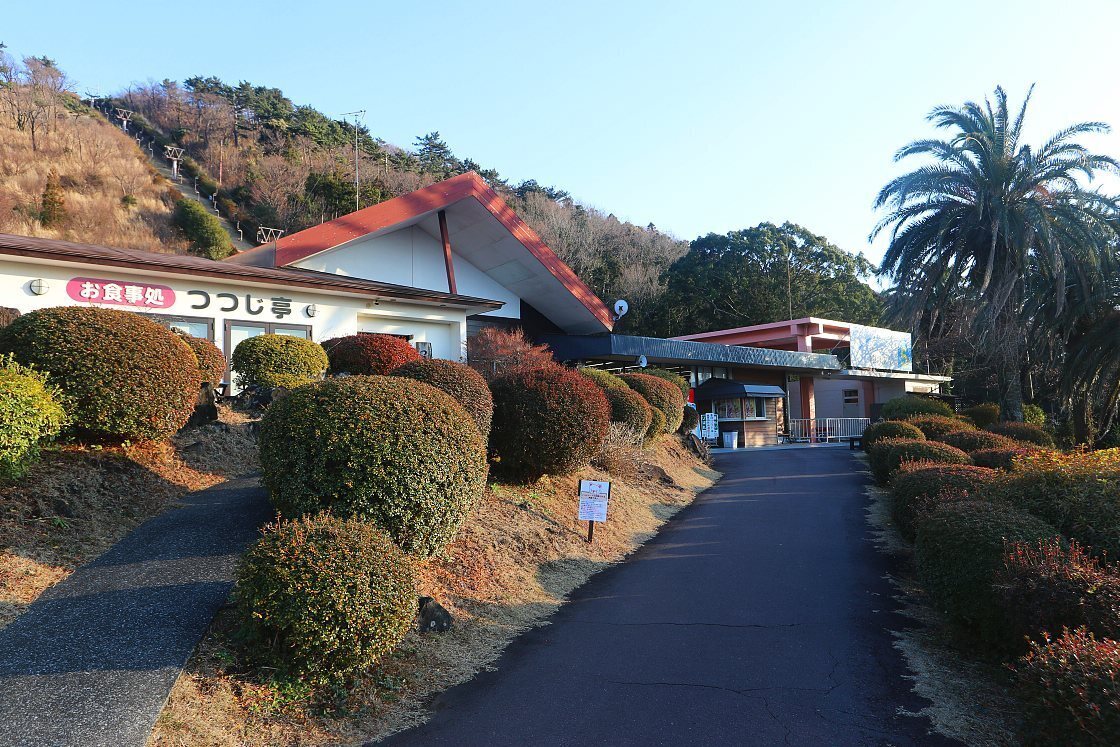
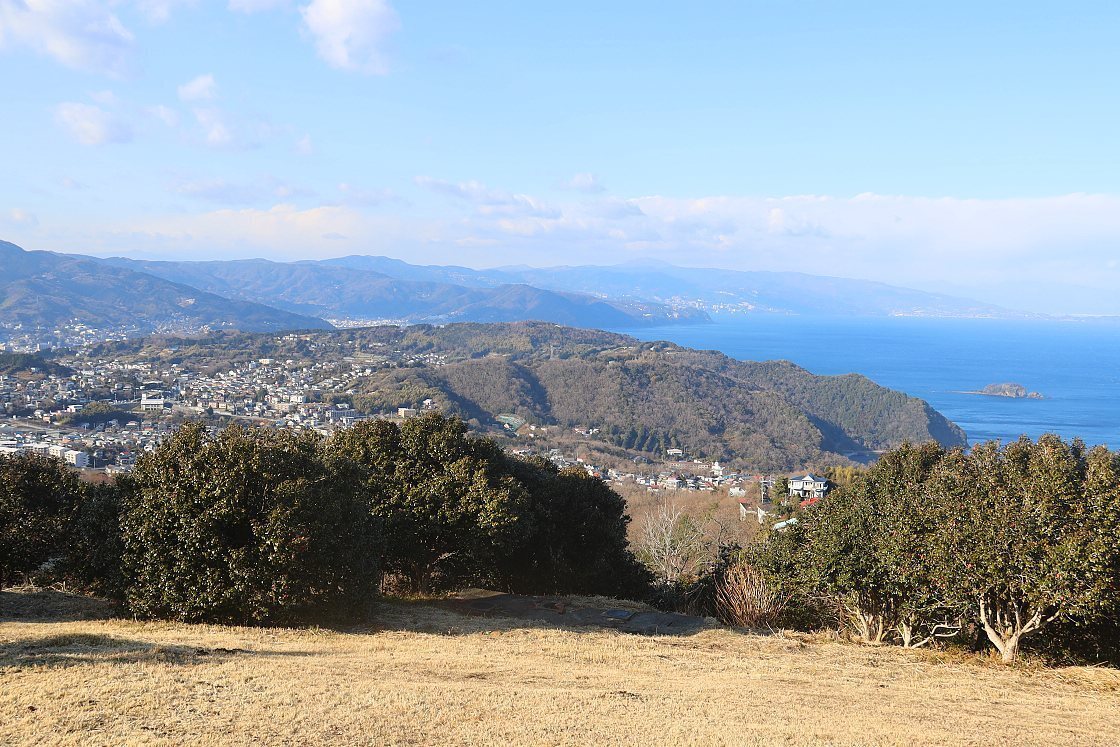
Arriving at the flattened dome of its summit some 321 meters above sea level, I was greeted by an impressive panoramic view with rolling hills on the inland side and a wide stretch of ocean to the east. From the MISORA - an attractive timber promenade leading around the ridge of the summit - I soon made out the distinctive rounded shape of Mount Omuro to the southwest. Mount Fuji, sadly, had retreated into a layer of mist and wouldn't be making an appearance.
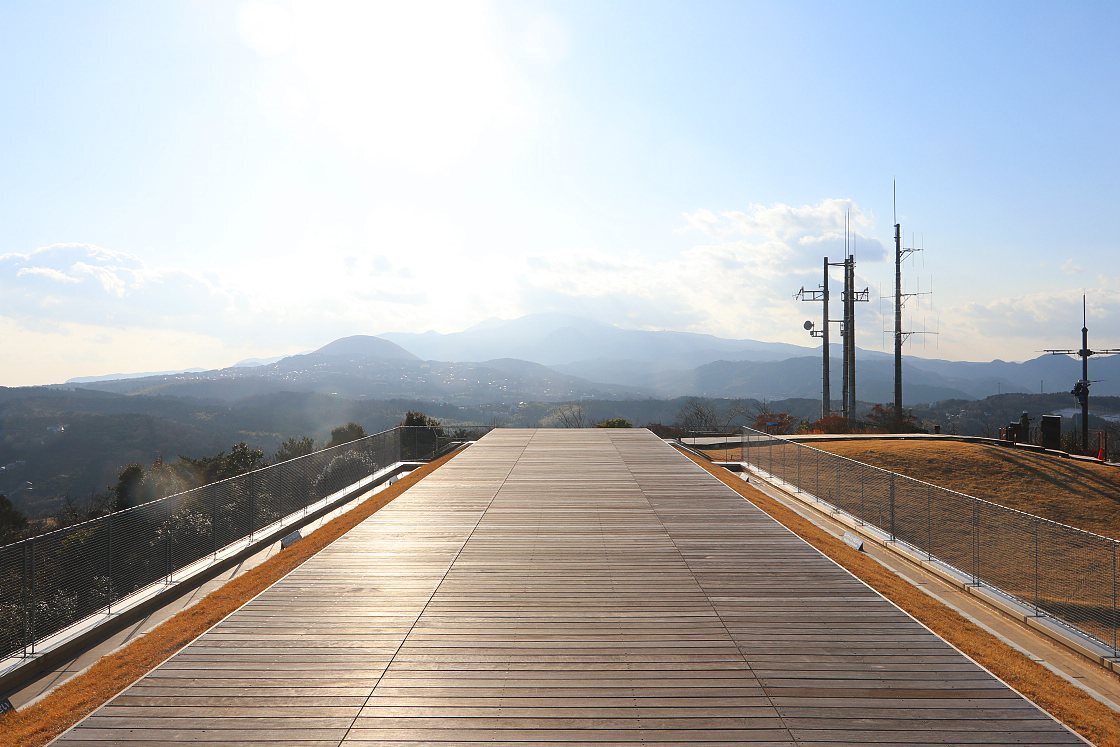
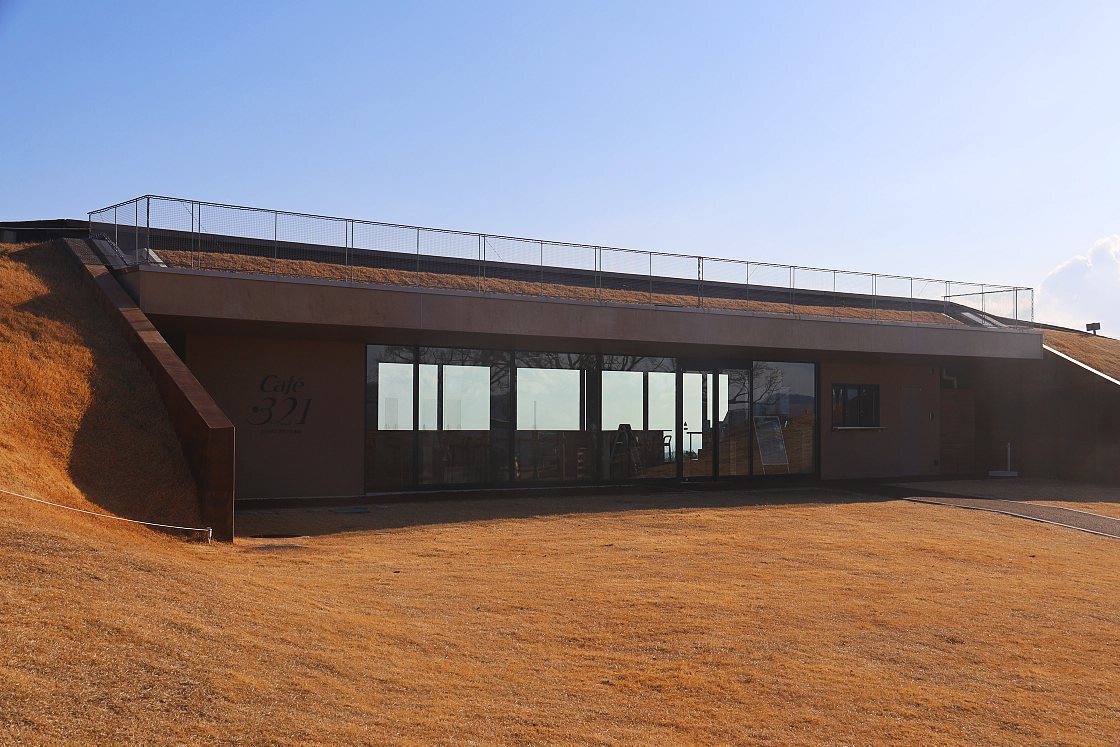
Another highlight of my visit to the summit was Café · 321, a stylish spot built into a grassy ridge under a section of boardwalk. Here, I treated myself to a coffee and affogato dessert while taking in the ocean view through large bay windows. Equally photo-worthy was the sharp-looking outside terrace, complete with a sleek viewing platform built from glass and steel.
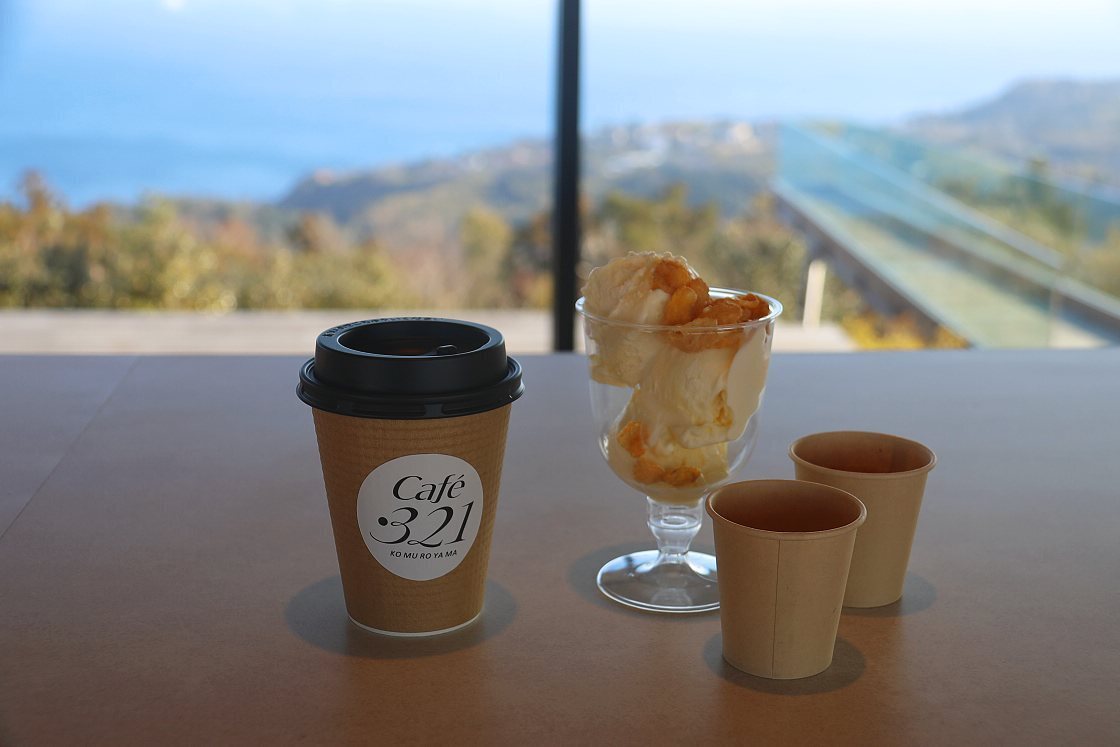

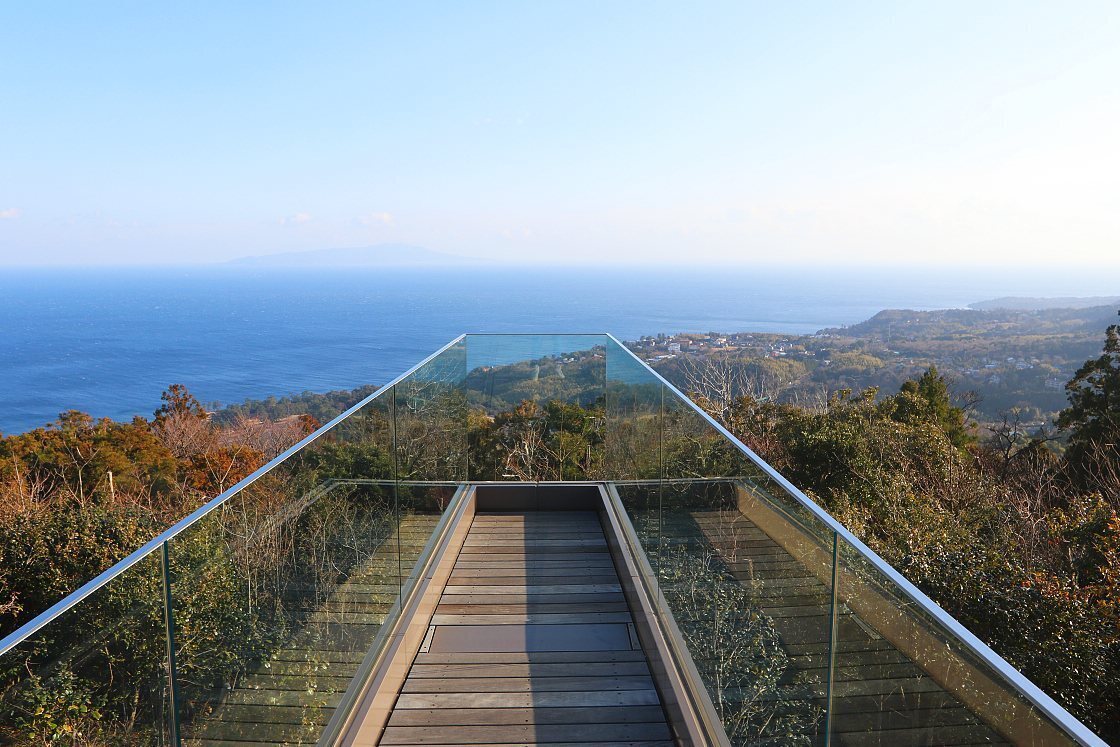
Day 6
Setting out on the very last day of my Shizuoka adventure, I left the coast behind and made my way north on the upper part of the Izu Skyline - a very enjoyable stretch of mountainous road with often breathtaking scenery. Just short of Shizuoka's eastern prefectural border, I arrived at the ruins of Yamanaka Castle.


Dating to Japan's era of warring states, the fortress was built by the Hojo clan to guard the western approach to their base of operations in Odawara, with a central tower and three large baileys protected by a system of earthworks and moats. Following its capture and the subsequent fall of the Hojo, the entire structure was abandoned and reclaimed by forest until, following a large-scale excavation project, it finally opened as a park in 1981.
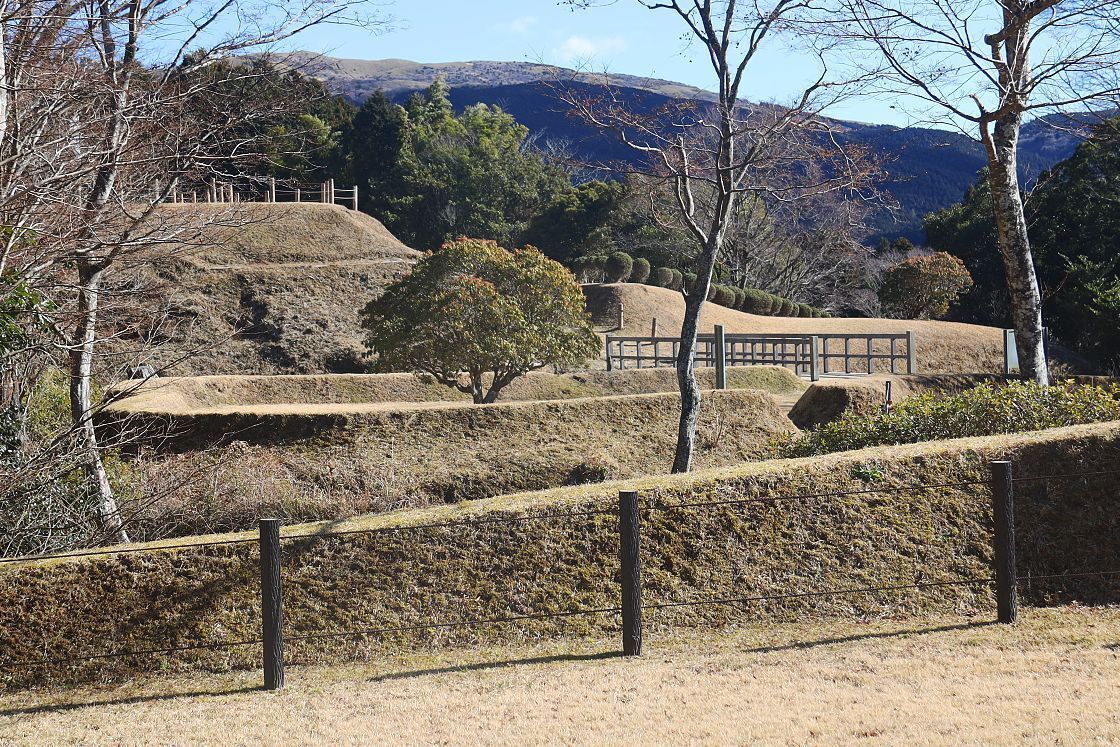
While nothing of the castle remains above ground, visitors can still get a sense of its impressive scale just by strolling through it. Excavations have also revealed some fascinating details believed to be unique to the Hojo, like the overall rectangular layout of the defenses, and the lattice of ridges cut into the moats, designed to funnel attacking troops into single file.
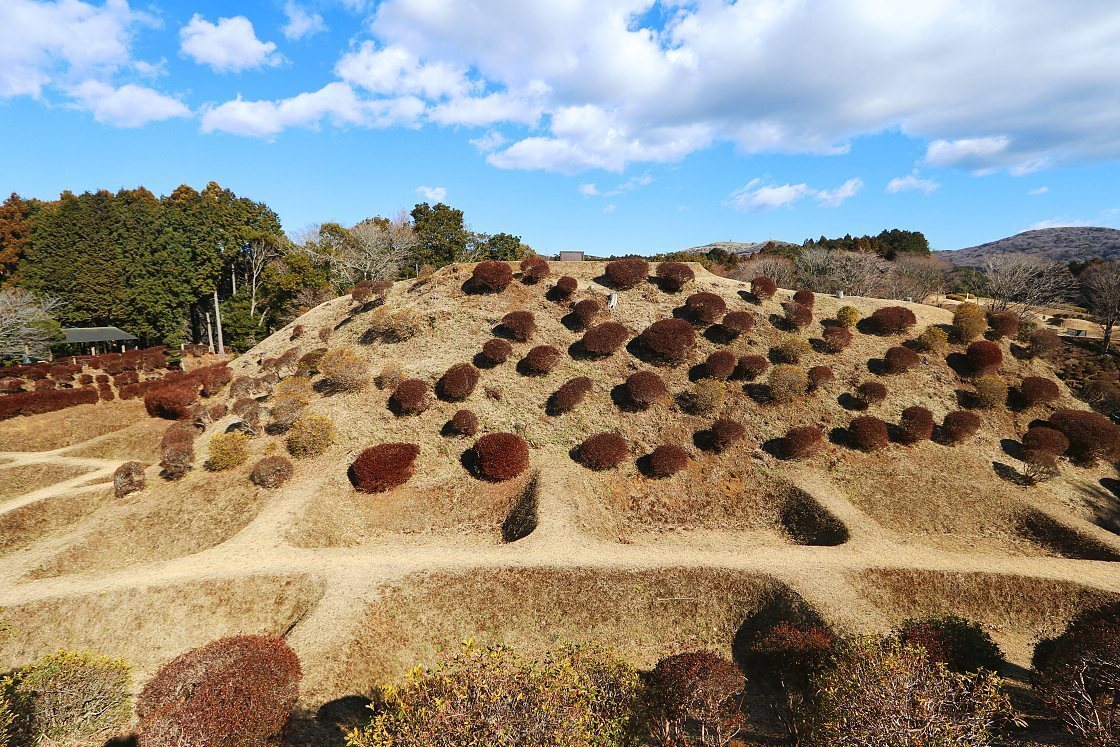
For all their ingenuity, the Hojo were vastly outnumbered by the forces of the great warlord Toyotomi Hideyoshi, and in 1590 an army of 70,000 descended on Yamanaka Castle, against a garrison of just 4,000. Commanded by Hideyoshi's nephew Hidetsugu, together with the future unifier of Japan, Tokugawa Ieyasu, the attackers were able to take it in just half a day of bloody hand-to-hand fighting.
Today, the site is picturesque and wonderfully serene, with Mount Fuji clearly visible from the western ramparts. Without a single other visitor in sight, the constant sound of wind through the surrounding pine forest was my only company as I made my way through the grounds.
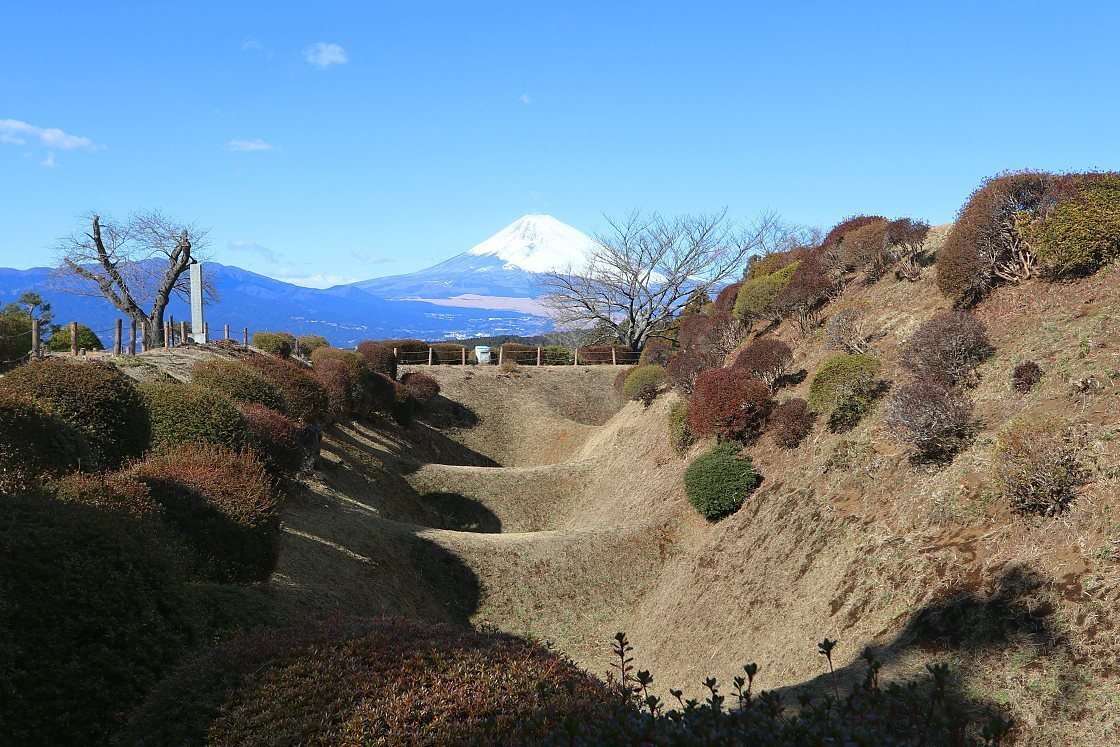
Located an hour's drive north of the castle ruins in the western foothills of Mount Fuji, my final stop was the Fuji International Speedway - a fitting way to end my six-day driving itinerary! Opened in 1966, the speedway is known for one of the longest straights in motorsport at 1.475 km, has hosted the Japanese Formula 1 Grand Prix and continues to serve as venue for Japanese Super Formula and FIA World Endurance Championships among others.

For visitors like me without the budget for the real thing, there is at least the option of a go-karting experience on a much smaller track modeled on the iconic main racing course, complete with its own long straight and hairpin turn. Donning a helmet and hefty gloves, I set off on a seven-lap circuit, instantly delighted by the sensation of speed, nimbleness and sharp turns so much in contrast with normal driving.
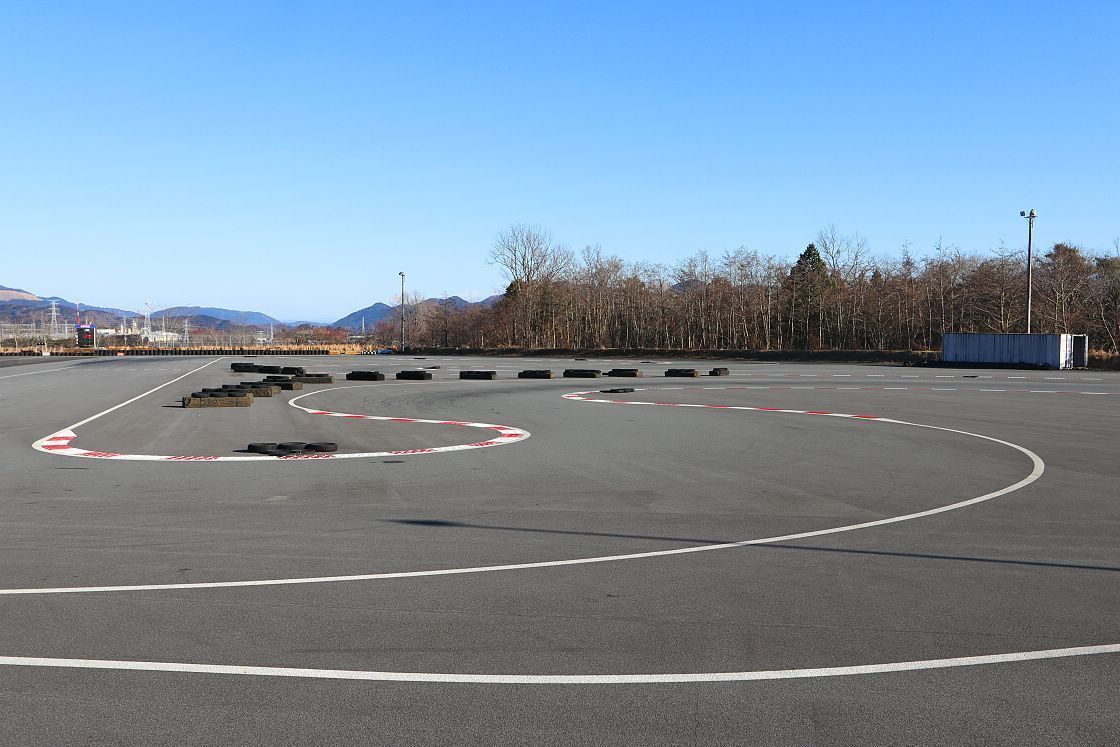

With a series of lap times putting me squarely in the beginner
category, it didn't seem as if a late-career change to motorsport was on the cards. Undeterred, I decided to make my way over to the main racing track to see if I could find some nice views.
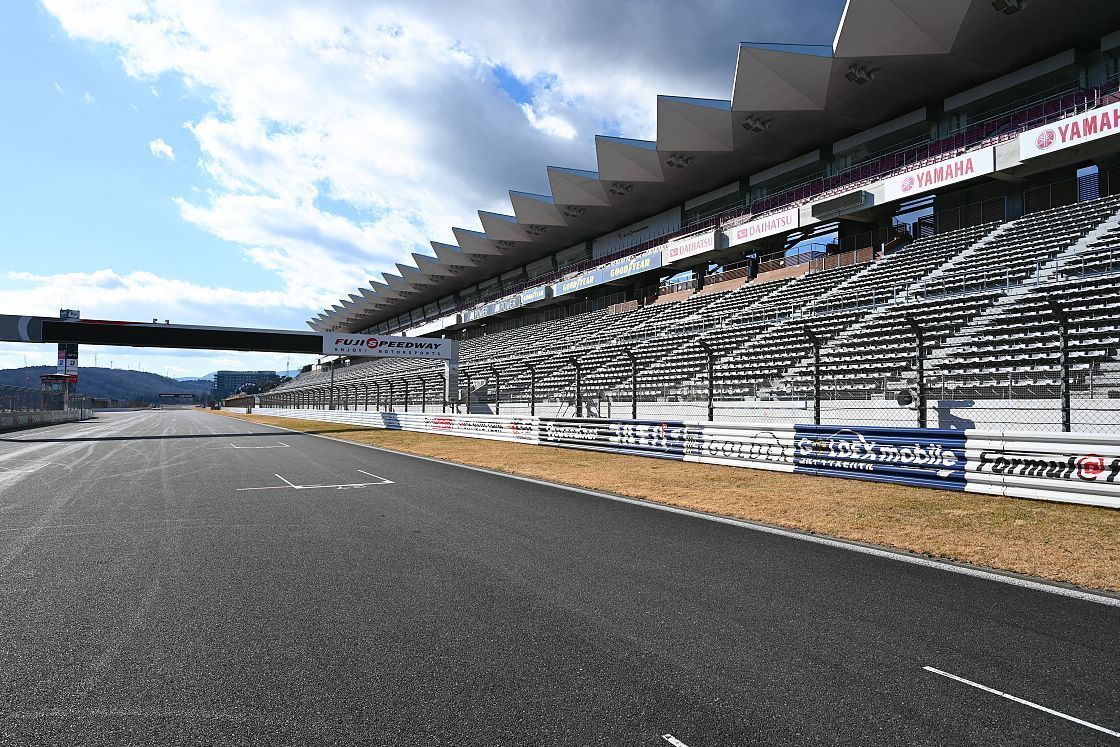
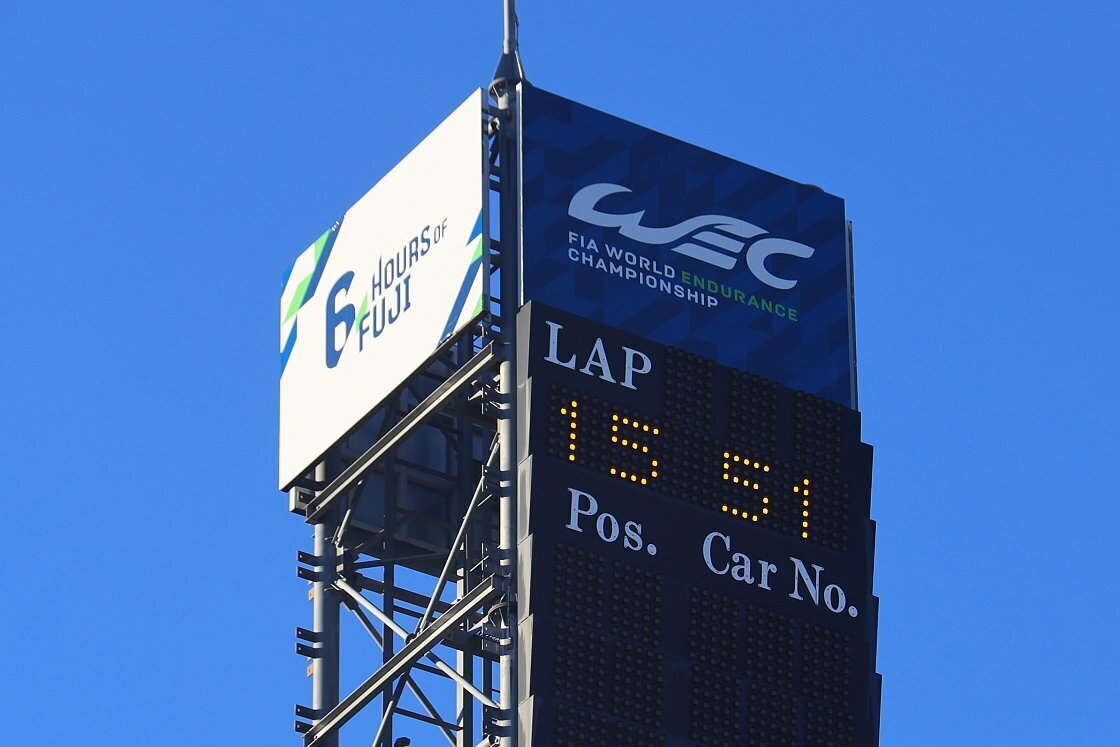
Taking a stroll around the inside of the track, I soon heard the scream of powerful engines. From a vantage point close to one of the main paddocks, I was excited to spot a pair of Super Formula Lights race cars and what I later identified as a Toyota GR Supra GT500 roaring around the track at terrific speeds.
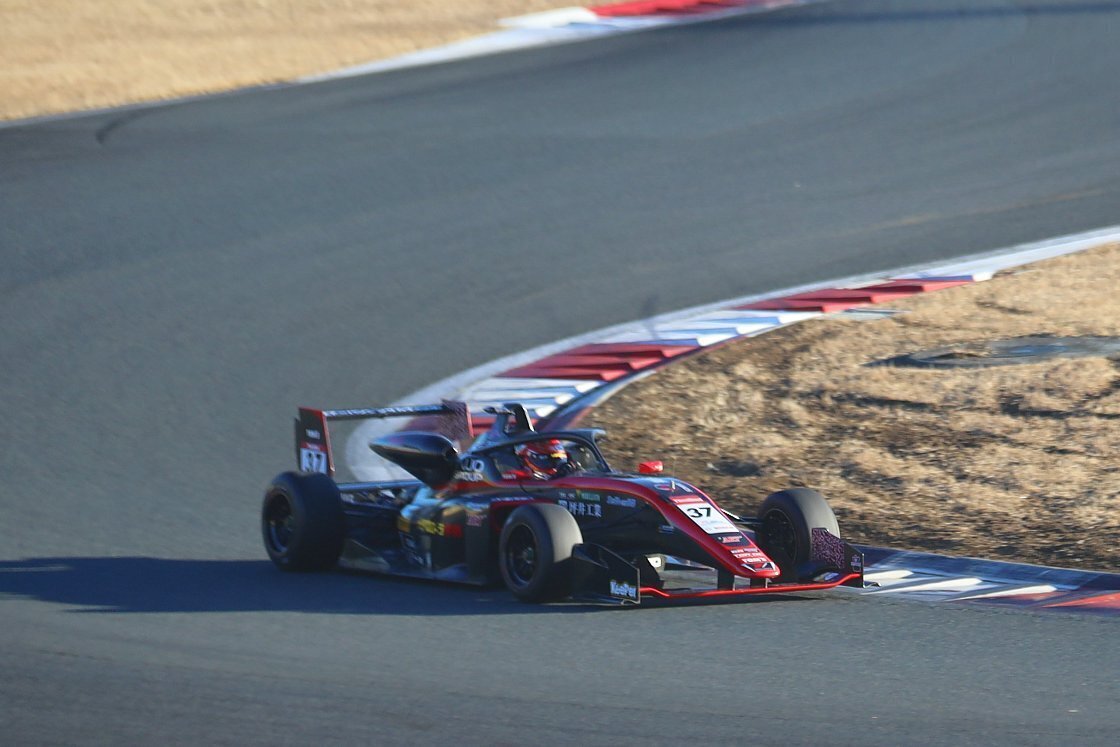

Before long, the light was beginning to fade but there was just time for one final view of a twisting section of track with Mount Fuji looming in the background. Looking back on my last few days on the road, it had been a hugely satisfying experience, giving me an entirely new appreciation both for the mobility and convenience of exploring Japan by car, and the astonishing beauty of its coast even in the colder winter months.
